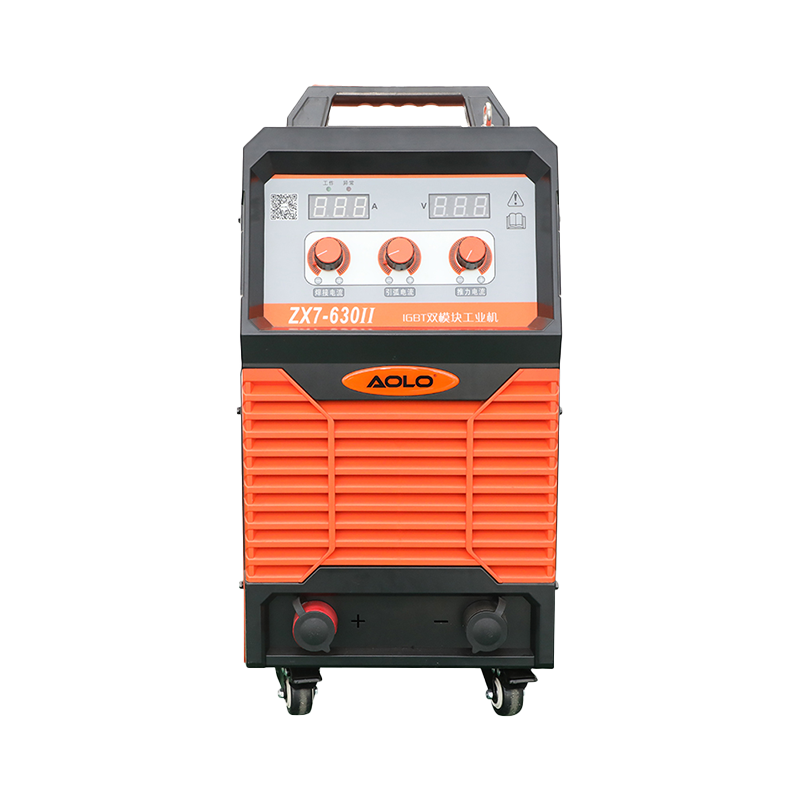WSME-315S/WSME-500S AC/DC Pulse 380V 315A IGBT Inverter TIG(GTAW)
Cat:Argon arc welding machine
1、Heavy-duty industrial argon arc welding machine with rich parameter ...
See DetailsThe portability of a manual arc welding machine plays a crucial role in its usability across various environments, impacting transportation, accessibility, and overall efficiency. Here’s an in-depth look at how portability influences these factors:
Portable manual arc welding machines are designed to be lightweight and compact, allowing for easy transport. This is particularly important for professionals who frequently move between job sites, such as construction workers or maintenance crews. The ability to easily load and unload the machine from vehicles reduces the physical strain on operators and facilitates quicker transitions between tasks.
Portability enables welders to access remote or challenging locations that may be impractical for larger, stationary machines. For instance, outdoor jobs in rugged terrains or tight indoor spaces benefit significantly from a machine that can be carried or maneuvered easily. This flexibility allows welders to perform tasks in a variety of settings, enhancing their ability to meet client needs and tackle diverse projects.
Portable welding machines are versatile and can be used in multiple environments, including workshops, outdoor sites, and temporary setups. This adaptability means that operators can seamlessly switch from a controlled indoor setting to an outdoor location without needing specialized equipment. The ability to weld in various conditions expands the range of projects that can be undertaken.
Many portable models are designed for rapid deployment, allowing operators to set up and start working in minimal time. This quick setup is vital in time-sensitive projects, where delays can lead to increased costs. Reducing downtime not only boosts productivity but also enhances customer satisfaction by meeting project deadlines.
Portable manual arc welding machines often have the capability to operate on standard electrical outlets, making them suitable for use in locations without specialized power sources. This flexibility is particularly beneficial in rural or remote areas, where access to industrial power may be limited. Being able to work with available resources maximizes usability and efficiency.

While portability enhances usability, it also presents challenges. Lighter machines may be less stable during operation, especially in windy or uneven conditions. Operators must exercise care when using portable machines to maintain safety and ensure quality welds. Balancing portability with stability is essential for effective welding operations.
Portable manual arc welding machines are often designed to withstand harsh conditions, making them suitable for outdoor environments. Their rugged construction helps protect internal components during transport and use in various weather conditions, ensuring reliable performance. This durability is vital for maintaining operational efficiency in challenging environments.
While portable models are convenient, they may come with limitations in terms of output capacity compared to larger machines. Users must carefully evaluate their welding requirements to ensure that the portable unit can handle the specific tasks they intend to perform. Understanding these limitations is key to maximizing the effectiveness of portable machines.
The portability of manual arc welding machines significantly enhances their usability across diverse environments. By facilitating easy transportation, providing access to challenging locations, and enabling quick setup, portable machines empower welders to operate efficiently and effectively. However, it’s essential for operators to consider the trade-offs in stability and performance when choosing a portable model. Ultimately, the right balance between portability and functionality can lead to successful welding outcomes in a variety of settings.
Contact Us